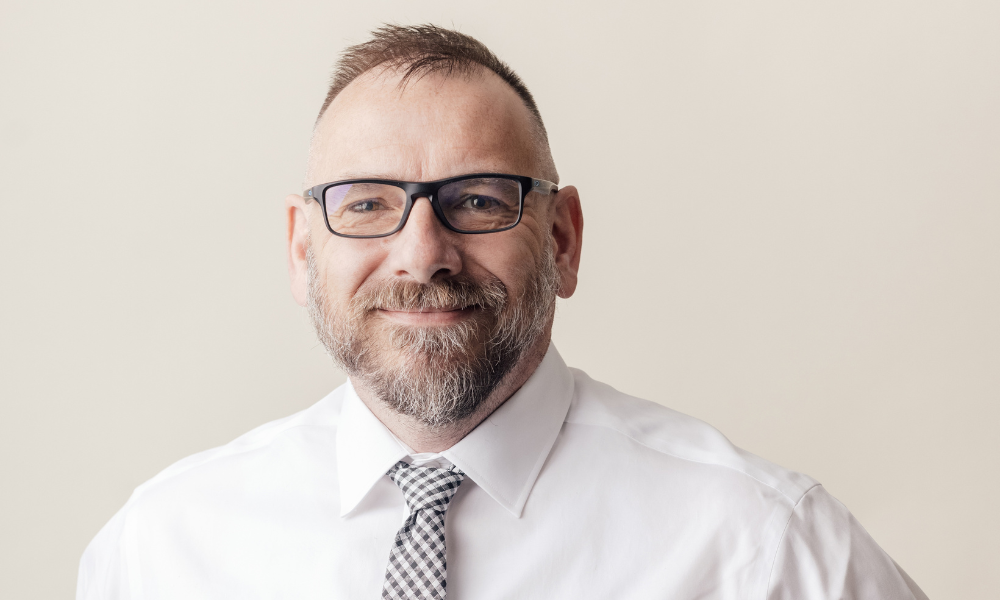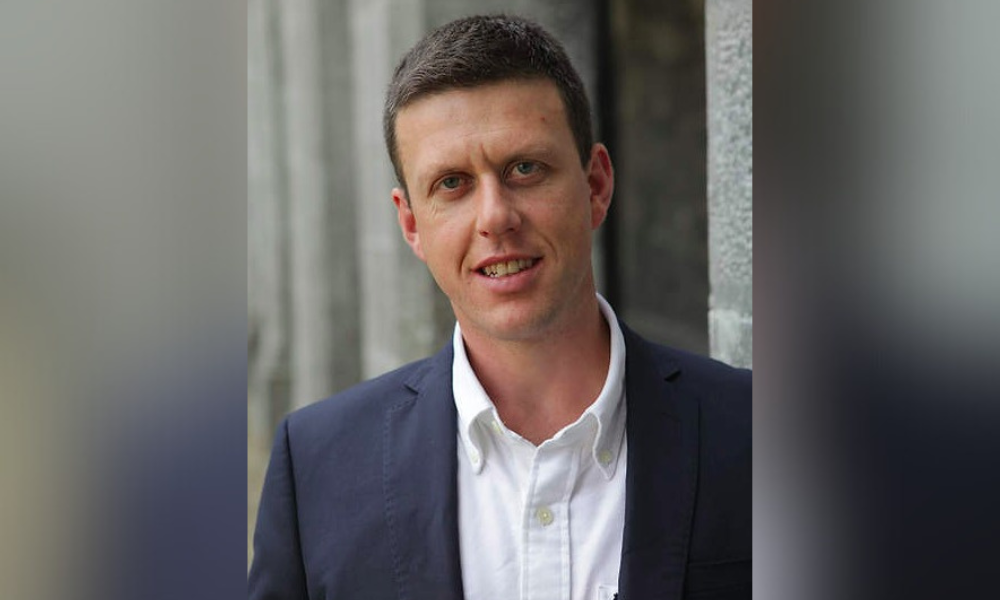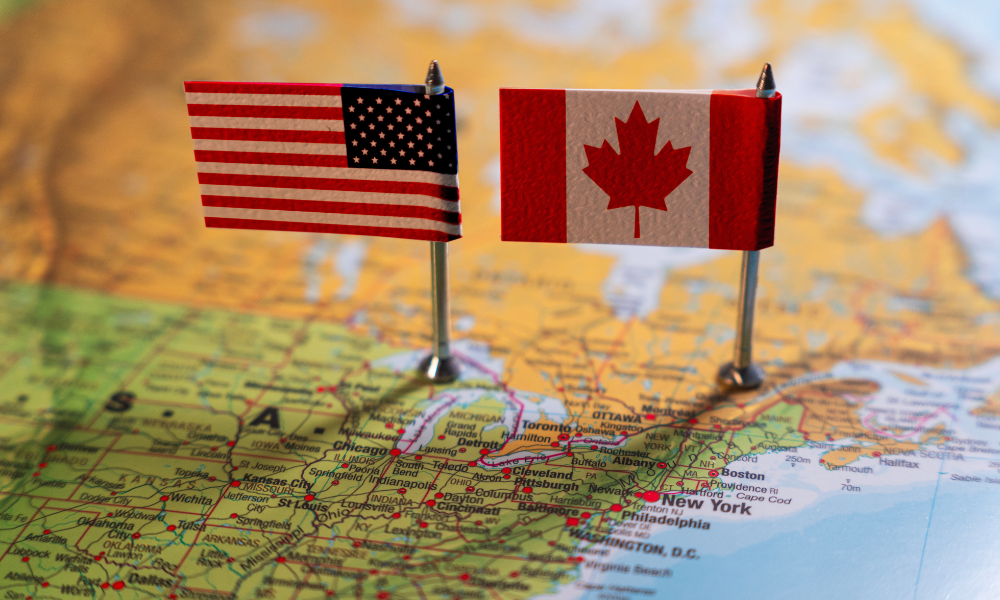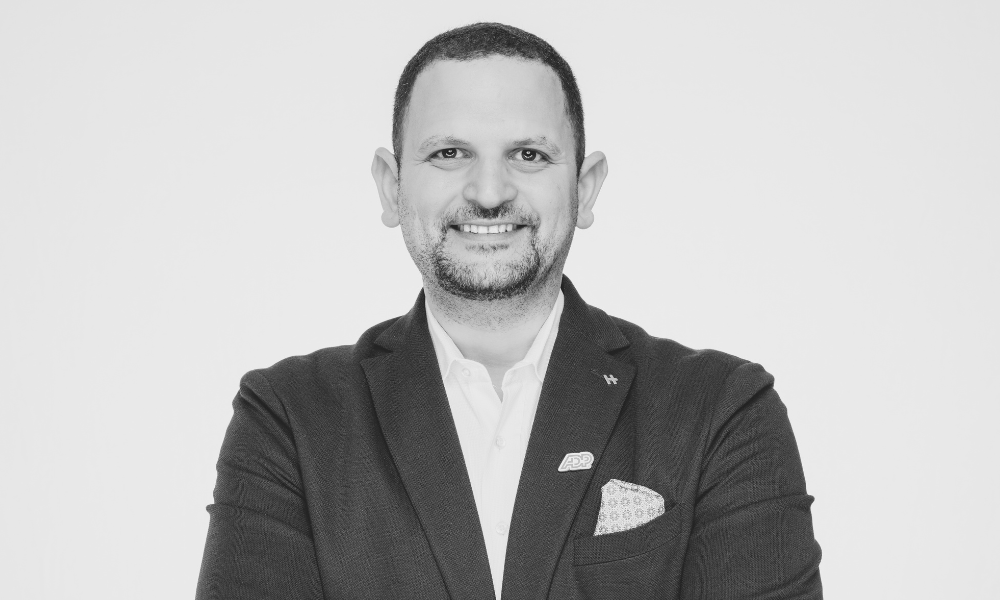‘It’s really important that we’re able to represent the communities where we operate’
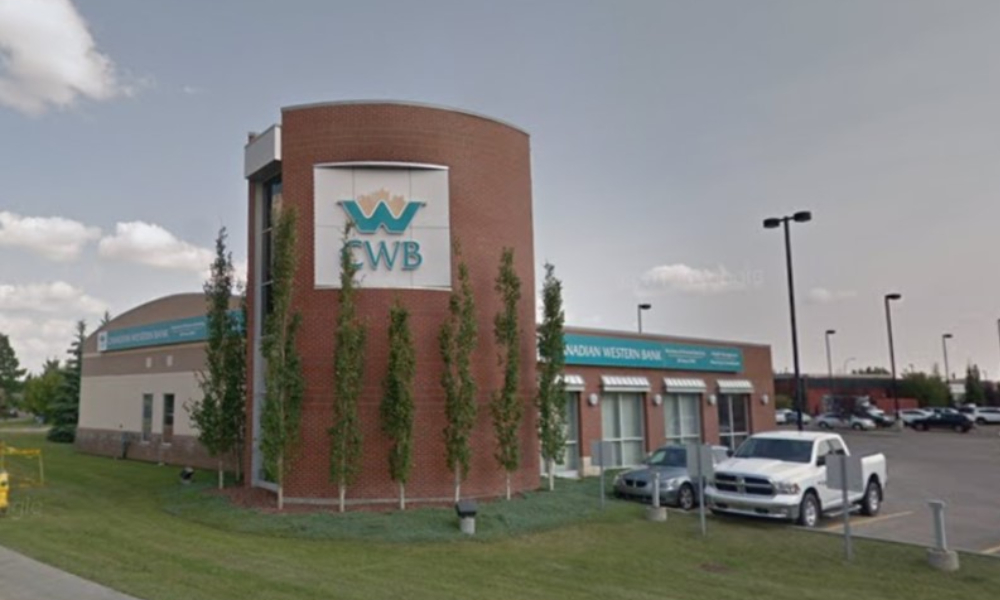
One of the best ways to promote diversity and inclusion (D&I) in the workplace is setting up employee-representative groups (ERGs), as seen at CWB Financial Group.
The organization is a signatory on the UN’s Women’s Empowerment Principles, says Kelly Blackett, executive vice president of human resources and corporate communications in Edmonton.
“That’s a set of quite robust… commitments to creating an inclusive workplace for women and we’re making our way through programs and self-rating and improvement opportunities with respect to those,” she says.
“In the last 18 months or so, despite the pandemic, it’s actually been an accelerant for us in that we’ve had a real expansion into other employee-represented groups, with the CWB women’s group as our anchor. We’ve seen this massive expansion in terms of these groups.”
The company has implemented ERGs for Black, Indigenous, and others, according to Kelly, along with new Canadians and allies; people with visible disabilities and their allies; a CWB pride group; and one supporting folks on their mental wellness journey,
“Our latest ERG that we’re just starting out is supporting Asian and Pacific employees.”
Leadership diversity
As a federally regulated workplace, the company has had mandatory D&I programs for years, says Blackett, but it has ramped up its own policies in the last three or four years, she says.
“Our efforts have become more integrated with our talent management strategy and have really taken off in terms of engaging a much larger percentage of the workforce.”
CWB has also made progressive strides in the C-suite and higher, she says.
“The board of directors that we are nominating on April 1 will be 46 per cent women and 15 per cent Black, Indigenous and racialized. It was a pretty ambitious goal that we set; we’ve met that goal at the board level and we will continue to focus on getting to gender parity at those more senior levels of the organization.”
Besides being the correct thing to do, D&I programs “just make good business sense,” says Blackett. “We have, as a major employer in Canada, a really important role that we can play in creating a more just society and doing the hard work of breaking down systemic barriers that exists.”
“For us, it’s really important that we’re able to represent the communities where we operate and if we can have that better, deeper understanding of how we work together as colleagues, we can be more proactive about how we go to market for clients and represent those communities,” she says.
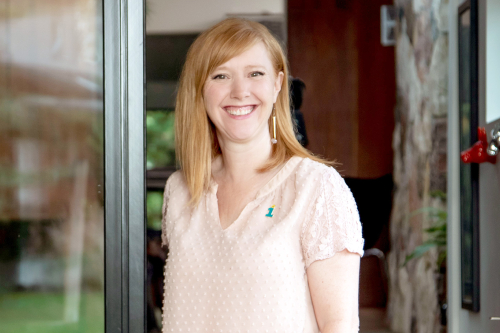
Kelly Blackett
By having a more diverse workplace, it makes problem solving that much more achievable, says Blackett.
“When we have a greater level of diversity on a team, that team is better able to respond to business challenges. They see around corners better; they are able to deal with changing circumstances with more agility; it enhances the creativity and the problem-solving and the innovation that we see in the workplace. We really see it pay dividends from that standpoint.”
HR should be ‘good ally’
For women, it’s important not only that they feel welcomed and valued within the organization, but their potential for growth should be nurtured.
“You have to work the pipeline at every single level of the organization, from our entry-level programs all the way through and [it’s about] really understanding ‘Where does that pipeline become leaky? And how do you then close the leaks with programs, practices, learning programs?’ We know that when we have leaders at every level that are actively involved in sponsoring female talent, high-potential female talent, that’s really the thing that makes the difference,” says Blackett.
For HR to properly manage a company’s D&I programs, it starts with being a good ally to underrepresented groups, she says.
“Our HR teams play such an important role in terms of being advocates for folks that maybe aren’t quite comfortable or confident enough to be advocates for themselves,” says Blackett.
“For my colleagues in HR, it’s really about getting comfortable with being uncomfortable and that’s actually sometimes really hard for HR people. We pride ourselves on always being able to say the right thing in the right setting and in this space, it’s quite easy to become a bit paralyzed with inaction [when] you’re worried you’re going to say the wrong thing in an attempt to be an ally and so you play it safe or stay silent.”
But people shouldn’t feel this has to be done alone, she says.
“My advice to my peers in HR is you don’t have to go it alone ― reach out, talk to others, create those best practice sharing forums with other organizations because it really is our best path to try and move forward.”
Meanwhile, women are falling out of the workforce at alarming rates, according to RBC research and overall discrimination continues in the workplace says another study and women are more likely to see it.

